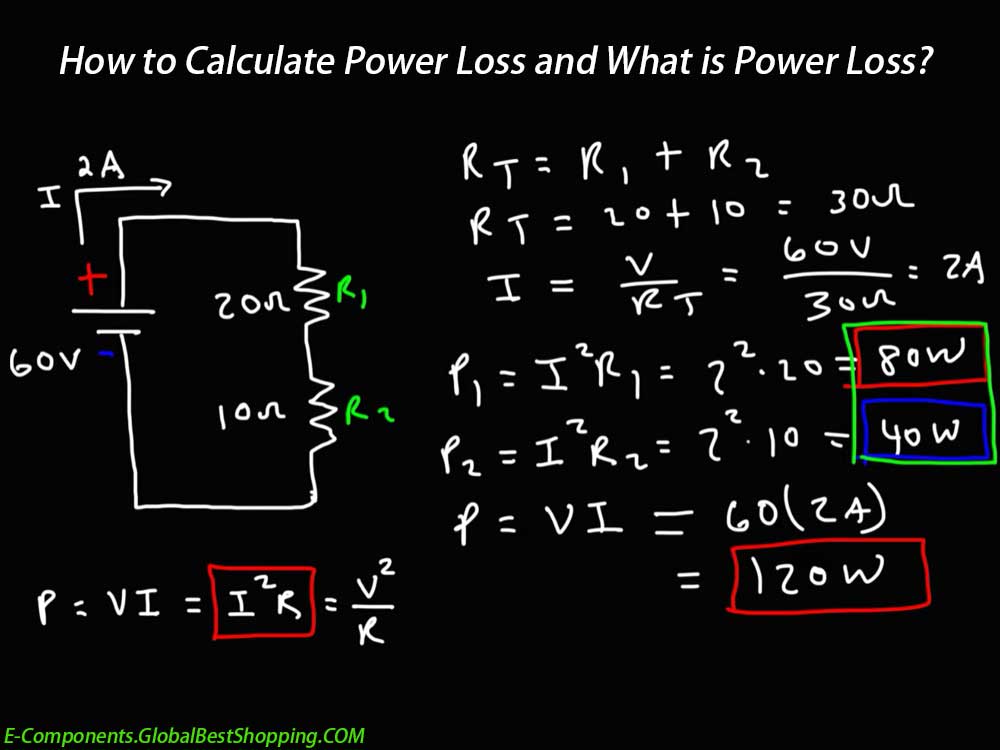Power loss, in simple terms, is the power loss caused by various reasons (such as resistance, electromagnetic induction, dielectric loss, etc.) during the transmission and distribution of power.
These losses will eventually result in the actual use of less power than the power emitted from the power supply.
Power loss calculation
The calculation of power loss usually involves multiple aspects, but here we can start with the most basic resistance loss. In the circuit, heat is generated when current passes through the conductor, which is due to the conductor’s certain resistance. In this process, electrical energy is converted into heat energy, resulting in power loss.

Resistance loss calculation formula
The calculation formula for resistance loss is:
P loss = I2*R, where P loss is the power of resistance loss, I is the current passing through the conductor, and R is the resistance of the conductor.
However, in actual applications, the calculation of power loss may be more complicated because it may also include transformer loss, line loss, reactive power loss and other aspects. The calculation of these losses needs to take into account specific power system parameters and operating conditions.

In summary, electrical loss refers to the loss of electrical energy due to various reasons during the transmission and distribution of electrical energy.
The calculation method varies depending on the type of loss, but resistance loss is the most basic and common one.
In practical applications, we need to choose the appropriate calculation method according to the specific situation to determine the size of electrical loss.

